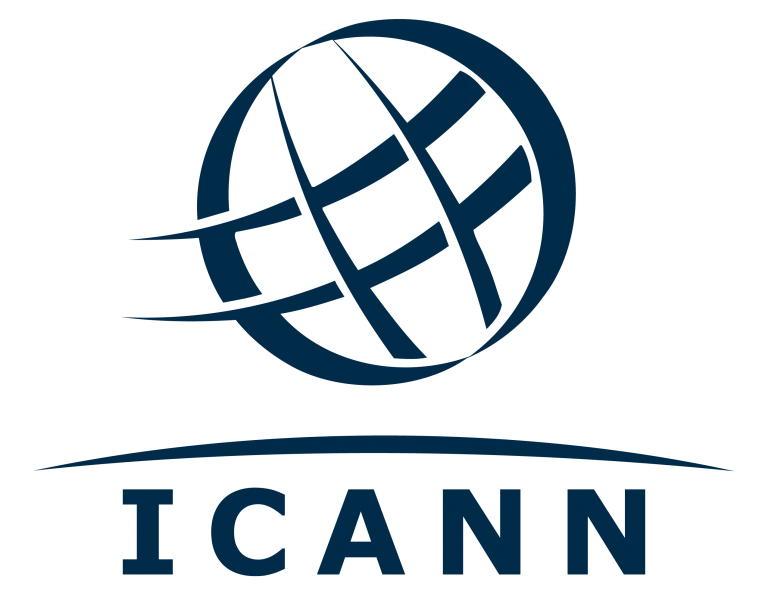Types of virtualization
There are several types of virtualization, each serving a different purpose.
Operating system virtualization
OS virtualization allows you to create isolated environments, each running as an independent machine. Different options are possible:
- Container virtualization, in which each container uses the kernel of a single OS but runs as an independent unit, providing a simplified and efficient operation.
- Hardware virtualization involves creating virtual machines that can be used similarly to physical computers. This solution allows you to run multiple separate operating systems or applications on a single machine.
- Software virtualization involves the use of a hypervisor based on the host OS. Each virtual machine can run as a separate server. High speed of all processes is supported.
OS virtualization is often used to work in modern IT environments.
Infrastructure virtualization
This type combines several narrower areas:
- Server virtualization. A physical dedicated server is divided into multiple virtual machines (VMs), each running its own OS and applications. A single physical machine can include many virtual servers. Each server’s software runs independently of the physical hardware.
- Application virtualization separates applications from the underlying OS. Each virtual application runs in a separate environment from the others. This allows you to completely eliminate conflicts and run processes independently of the underlying OS.
Desktop virtualization allows you to deploy virtual machines with user or server operating systems on a physical server that can be accessed via the Internet from anywhere in the world.
Software virtualization
Virtual software mimics the functions of physical hardware. Applications can run independently of the underlying operating system, simplifying software deployment and improving compatibility. For example, you’ll be able to open a Windows-based Android.
Storage virtualization
Storage virtualization allows you to create logical storage pools that can be allocated and managed independently of physical hardware. The main advantages of this solution are:
- simplified data management;
- improved protection;
- increased storage efficiency.
This helps to optimize server space and simplify infrastructure scaling.

Network virtualization
Network virtualization enables the creation of subnets by decoupling network resources from the underlying physical infrastructure. It allows you to provision, manage and isolate virtual networks, increasing scalability, flexibility and data security.
Server virtualization solutions
There are many solutions for server virtualization. Each has its own features and benefits. Microsoft Hyper-V remains the most popular option. The system offers features such as dynamic migration, fault-tolerant clustering, and integration with other Microsoft products.
Microsoft Hyper-V is most often used for:
- virtualization of workplaces of the company’s employees;
- placing servers in the data center;
- to safely test new software features before they are implemented.
VMware’s solution is also popular. It is a widely used server virtualization platform that provides a complete set of tools to work with:
- vSphere is a virtualization system with support for virtual machine migration, resource management, and disaster recovery;
- ESXI is a hardware hypervisor for product virtualization and cloud infrastructure.
The VMware platform works with a variety of operating systems.
Other popular server virtualization solutions:
- Citrix Hypervisor, formerly known as XenServer;
- Proxmox VE;
- Oracle VM;
- Nutanix AHV.
Virtualization will be useful if you have bought a physical server and want to split it into several virtual servers. The software solutions listed above will help with this. And if you prefer simple solutions, you can order quality VPS hosting from us.








